It’s been a wild ride.
The Most Controversial Moves Trump Made During His First 100 Days As President
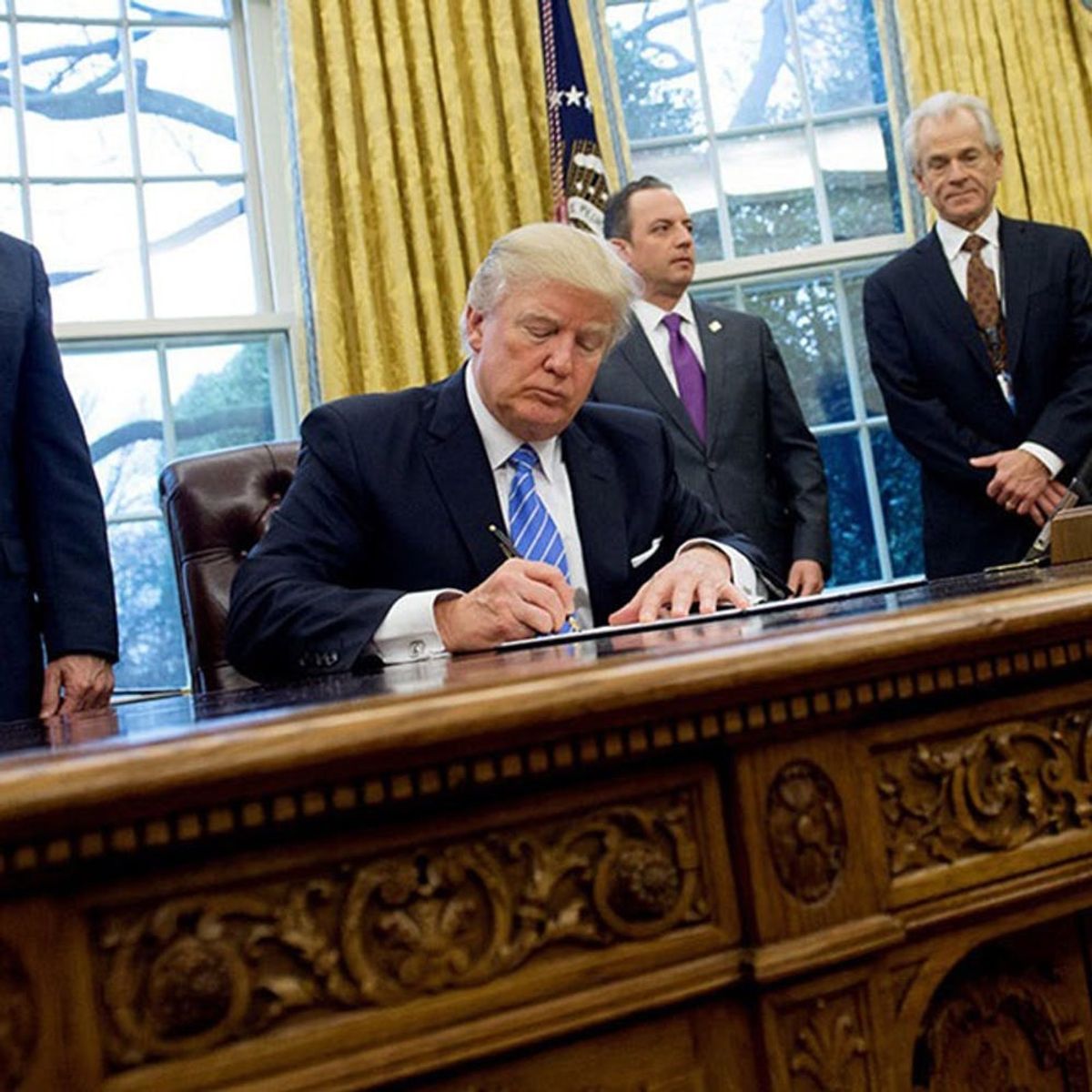
Tomorrow officially makes it 100 days since Donald Trump became the 45th President of the United States. His time in the White House since his inauguration has been… well, turbulent, to say the least. With a current approval rating of 40 percent, he has the lowest early rating of any President in modern history. But that’s not thanks to a lack of effort on his part. He’s been a busy man. Since January, Trump has signed 13 Congressional Review Act resolutions, 30 executive orders, and worked with Congress to enact 28 laws. The problem plaguing his rep is that a significant number of those actions have been incredibly controversial, particularly when it comes to issues surrounding women’s rights and well-being. Whether you’ve been hiding under a rock for the past few months (jk jk) or you need a reminder of everything that’s gone down, we got you.
TRUMP’S TEAM
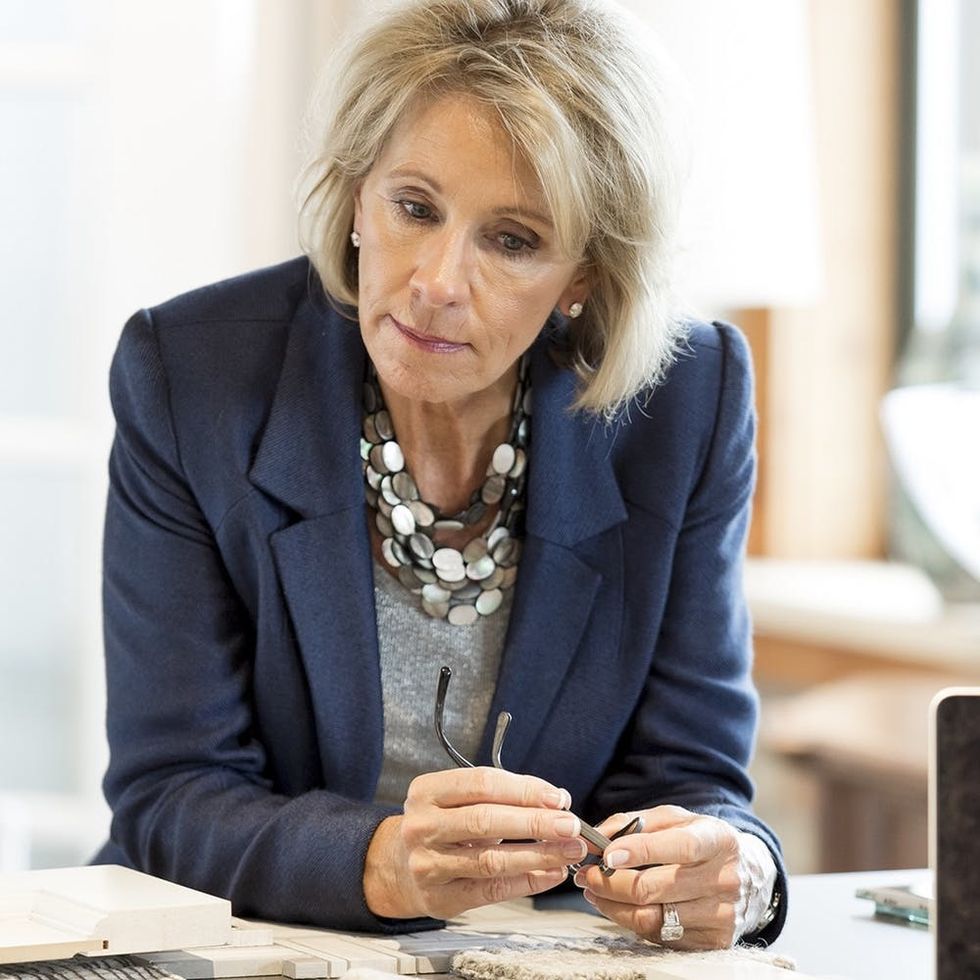
THE CONFIRMATION OF BETSY DEVOS
Almost all of Trump’s cabinet nominations were met with harsh criticism from Democratic members of the Senate, but none more so than now-confirmed Secretary of Education Betsy DeVos. The former chair of the Michigan Republican Party was confirmed only when Vice President Mike Pence swooped in to break the Senate’s 50-50 tie.
DeVos was (and remains) so controversial primarily because she advocates for public school alternatives like charter schools, private schools, and the distribution of school vouchers, a certificate of government money given to a family for a student to attend a charter, private, or religious school of their choosing.
As one of her first major moves in office, DeVos retracted a memorandum put in place by Obama which aimed to keep loan repayment companies from taking advantage of college students and recent grads. The rolling back of those regulations now creates an uncertain and potentially scary future for the 44 million young people with student loan debt, as it effectively allows banks to continue their current practices, which are often questionable and not in the student’s best interest.
When we talked to Matt Ribe, the Senior Director of Legislative Affairs at the NFCC, about this change, he told us his main concern is that it eliminates students’ access to receiving impartial, educated guidance on what repayment option is best for them. Under Obama’s guidelines, student loan counselors would have been made a readily available resource for students to turn to.
Ribe says, “The servicers [meaning student loan lenders like Sallie Mae] are not counselors and they’re not expected to be counselors. In other loan industries, such as mortgages and credit cards, they’re equipped to deal with 90 to 95 percent of borrowers who just need to submit their payment and don’t need a higher intensity service. But what the lenders in those other industries do is make use of third-party, non-profit counselors who do have the time, skills, and independence to be able to work with borrowers and help them identify a solution that makes sense for them.”
Read about this issue more in depth here.

THE CONFIRMATION OF NEIL GORSUCH
The moment Neil Gorsuch was announced as Trump’s pick for the open seat in the Supreme Court, a slew of women’s rights organizations released a firestorm of actions protesting the Colorado native. Why? Trump has said before that he plans to appoint a pro-life judge who will help overturn Roe v. Wade. While Gorsuch has not made any specific comments about his stance on abortion, he has ruled in ways that indicate he leans toward a pro-life position, some of which can be seen through his favoring of religious freedom rights.
One of his most notable cases involved the craft supply store Hobby Lobby back in 2012. Under Obama’s ACA, Hobby Lobby was required to cover certain birth control options for their employees. The business fought this mandatory condition, as it is run by Christian couple David and Barbara Green, who are religiously opposed to contraception. Gorsuch was in the 5-3 majority that sided with Hobby Lobby. The case eventually went on to the Supreme Court, which agreed with that majority.
Shortly after Gorsuch was nominated, we called up Lisa Maatz, the VP of government relations and advocacy at AAUW, to have her weigh in on Trump’s pick. She expressed some grave concern about Gorsuch’s respect for settled law and precedents, particularly when it comes to Roe v. Wade. We checked back in with Maatz now that Gorsuch has been confirmed and has a lifelong seat on the court to see if her opinions has changed at all.
She told us, “I think our concerns are probably even more heightened than they were.” When asked why she goes on to say, “[Because of] the way he handled his confirmation, the handful of women senators he never met with, the fact that his answers both verbally and in written form were vague…”
But Maatz wants to be clear: This isn’t just about Roe v. Wade and reproductive rights. She says, “It’s also generally how he views executive power, how he views state’s rights. As we’ve already seen, the separation of power and branches of government are very important and they need to be functioning well in order to really respond to some of the unprecedented things that are happening policy-wise.”
Read about this issue in more depth here.
WOMEN’S HEALTH
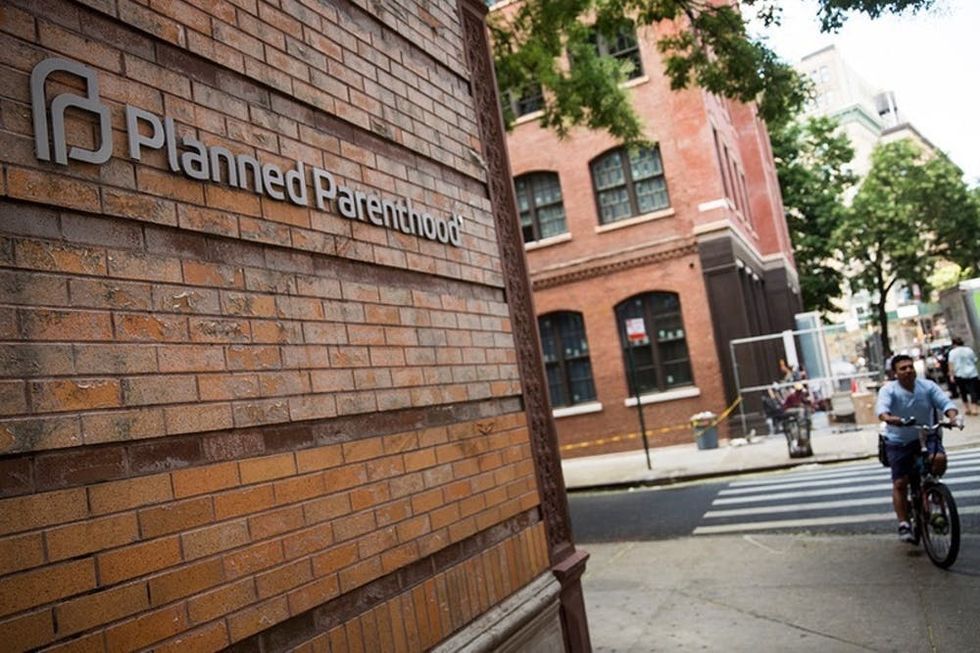
THE ATTACKS ON PLANNED PARENTHOOD
Trump is pro-life and vocally anti-Planned Parenthood; that’s been made very clear over his campaign and now presidency. In his proposed health care bill, he included a measure that would have explicitly worked to defund the women’s health clinic. Ultimately, that plan failed. But the Republicans in the Senate were able to do the next best thing by changing the way Title X funding works.
Title X (pronounced “10”) is a federally funded program that provides health care clinics (like Planned Parenthood) with family planning services. Birth control, a consultation about birth control, cervical and breast cancer screenings, and testing and treatment for STDs and HIV are all services covered by Title X funding. And just to be super clear on this, none of the money for this program goes toward abortion services.
Before Obama left office, he signed a law that required Title X funding to be determined and dispersed at a federal level. On March 29, the Senate changed that law so that funding for this program would now be decided from state to state. Just like when the same thing happened with the transgender bathroom ruling, this puts women (particularly impoverished women) who rely on the program and happen to live in more conservative states in danger of losing access to the health care they rely on.
Immediately after the Senate vote happened, we talked to Jocelyn Smallwood, a spokesperson for the Planned Parenthood Ohio, a PP clinic that’s been facing an uphill battle for some time now. She said this move didn’t come as a major surprise and it was essentially “more of the same.”
The loss of funding is a blow to PP, but they can survive without it. It’s a battle lost but not a war. Smallwood tells us, “The bottom line for us is that our doors are going to stay open. Oftentimes, they hear about the defunding of a specific program and they think we are going under. We want to remind people that we’re not going anywhere. The organization has been around for a long time in Ohio. We’ve been around for almost 90 years [nationally]. We will continue to keep our doors open and help as many people as we possibly can.”
Read about this issue more in depth here.
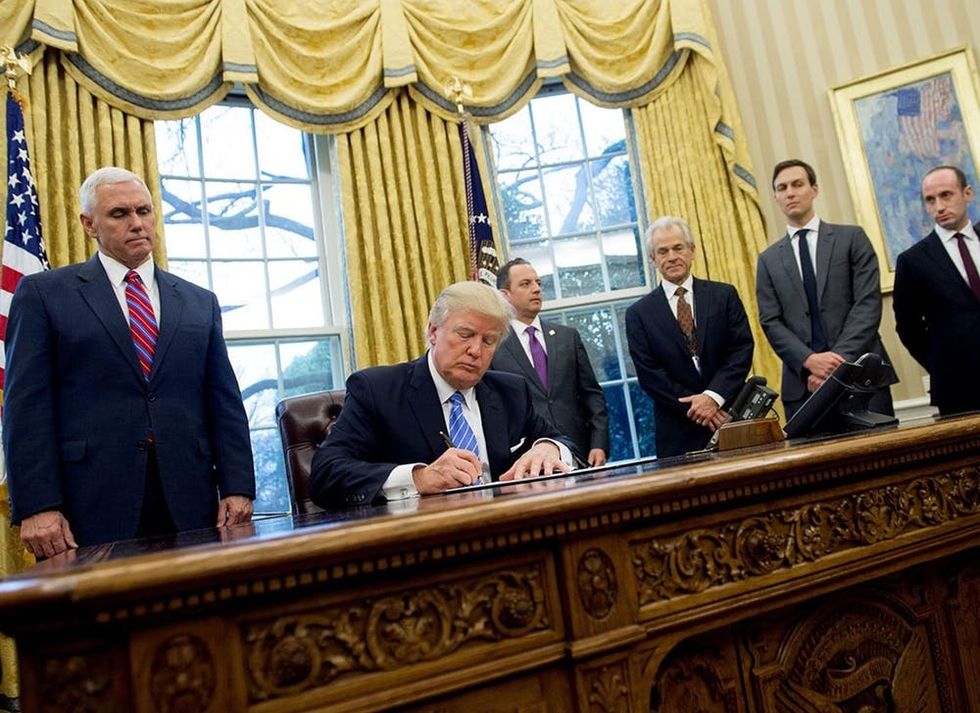
THE REINSTATEMENT OF THE GLOBAL GAG RULE
During his first week in office, President Trump reinstated an order that has been revoked and enforced by Republican and Democratic presidents since Ronald Reagan. The policy, more formally referred to as the Mexico City Policy, essentially cuts family planning funds from health centers overseas.
This rule puts extreme restrictions on what doctors in foreign countries can do in their clinics should they choose to accept money from America, and considering we are the biggest donors when it comes to supporting women’s health in developing countries, that puts these clinics somewhere between a rock and a hard place. Accepting the money with the GGR intact means they can’t counsel women on a full range of health options, make referrals, or even give them basic information. But if they don’t, they probably won’t survive.
Saundra Pelletier, the CEO of Women Care Global, tells us, “This is going to put us in a situation where the costs are going to skyrocket. Because when women are in desperate situations, they do desperate things. For an unsafe abortion, the costs are triple what a safe abortion is. Frankly, all this is doing is preventing what they [the Trump administration] think are these negative acts by women, when in fact the opposite it occurring.”
WORKFORCE CHANGES
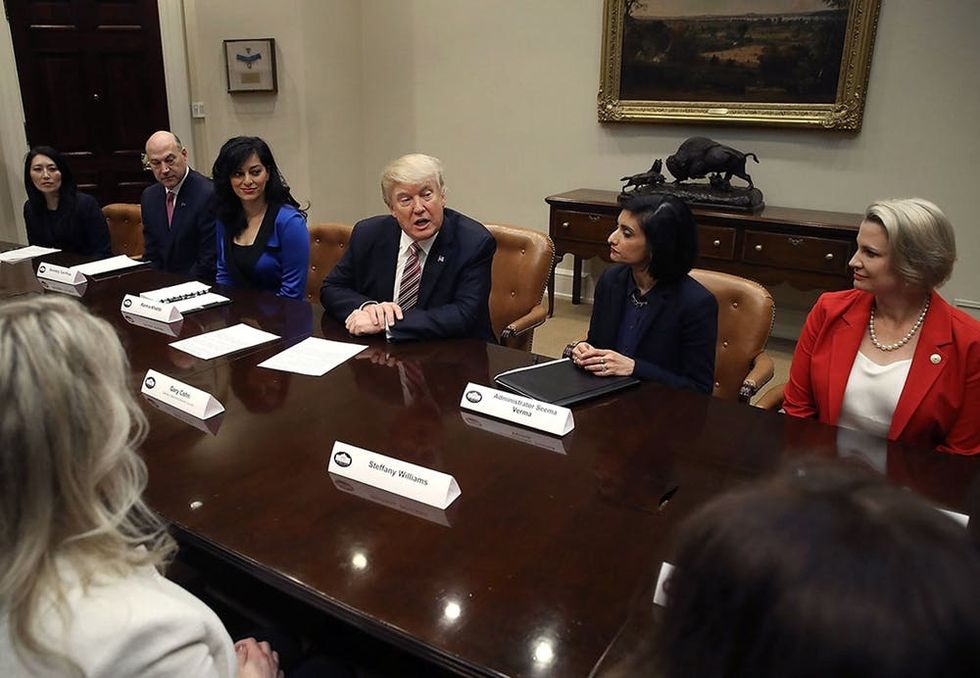
THE REMOVAL OF EQUAL PAY MEASURES
The week before Equal Pay Day, Trump signed an executive order overriding the Fair Pay and Safe Workplaces order Obama enacted in 2014. Obama’s order essentially required companies with federal contracts to comply with 14 labor and civil rights laws, some of which included paycheck transparency. It allowed hours, overtime hours, rates, additions, and deductions to be disclosed.
Additionally, Obama’s order prohibited these companies from requiring employees to go into arbitration for accusations of sexual assault or harassment in the workplace. Arbitrations are basically private proceedings with secret filings and private attorneys. They’re designed to keep claims like this out of the public eye. This is now allowed under Trump’s change. Remember, these are companies contracted by the government, so female tax dollars are being spent to support these arbitrations.
Saundra Pelletier also chimed in on this topic. She says, “This is going to put women in a very vulnerable position and it’s going to send this incredibly pervasive message that life now really is like Mad Men. We really are going backward and it is really the ‘good old boys’ network where this sort of behavior is suitable. It’s an oppressive step in the wrong direction, certainly.”
GLOBAL ISSUES
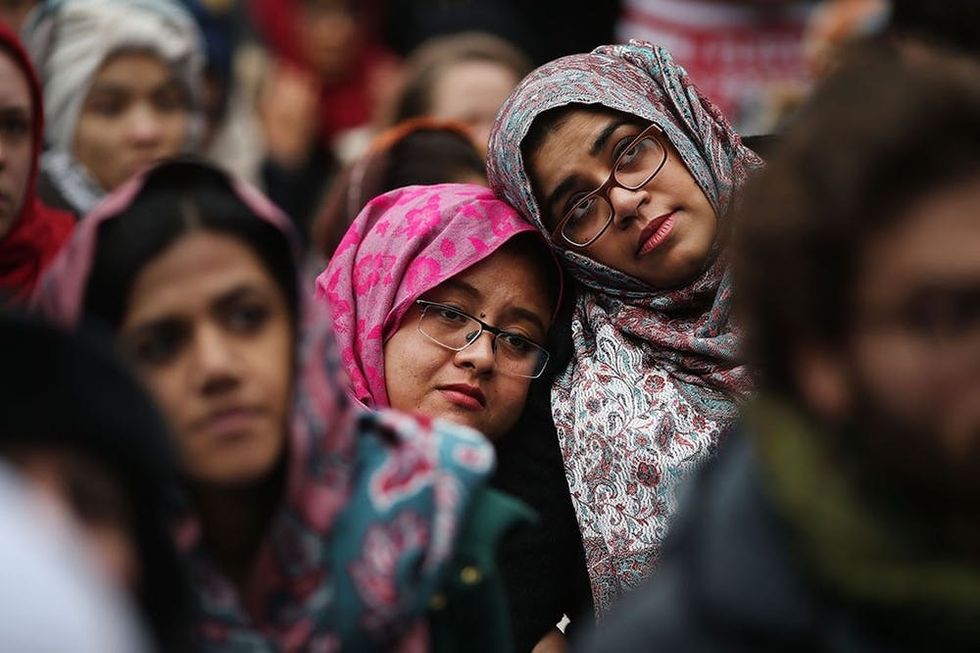
IMMIGRATION REFORMS
Trump’s early days in the White House have quickly been characterized by Trump’s already historic travel ban. The ban temporarily blocked non-US citizens from Iraq, Syria, Iran, Sudan, Libya, Yemen, and Somalia from entering the United States for 90 days. The order also suspended the US refugee program for 120 days and indefinitely blocked Syrian refugees from entering the United States.
This move was vehemently protested across the country. Shortly after it was enacted, a federal judge blocked it. That move was eventually taken to the Ninth Circuit Court of Appeals, which voted not to reinstate the ban. Trump was then forced to rework the order. He did and tried again, but ultimately the same thing happened. It was blocked by a Federal Judge and Trump decided not to push further for now.
On another immigration note, Trump made changes to the country’s federal immigration policy that affect those who are already here, but illegally. Another order Trump signed allows the federal government to work with local and state law enforcement agencies to arrest, detain, and deport unauthorized immigrants possessing criminal records. However, Trump’s definition of “criminal” is noticeably vague and many are concerned that it is a new system designed to begin mass deportations.
Another notable change to be aware of is Trump’s push for the expedited removal of deportees. Currently, if an immigrant is facing deportation, they can go before an immigration judge and plead their case. It usually takes about a year from the time an illegal immigrant is arrested to when they actually go before a judge. With expedited removal, the immigrant does not get to go before a judge and is deported immediately. Previously, this type of removal only applied to those who had been in the country for less than two weeks or who were apprehended 100 miles from the border. Now it will apply to people who have been here for up to two years.
Read about this issue more in depth here.
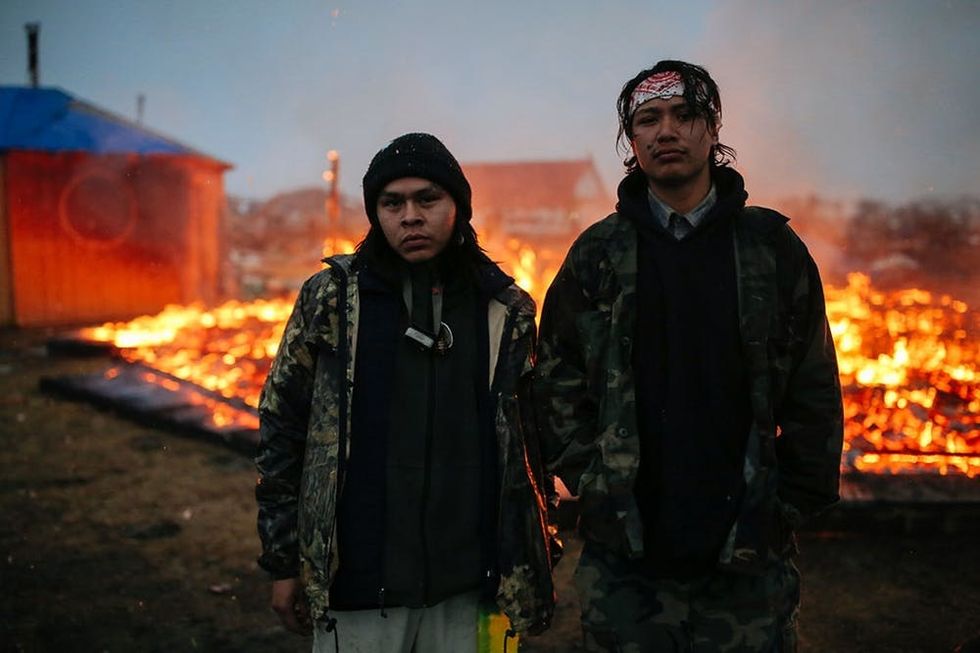
CHANGES TO THE ENVIRONMENT
Trump and his team have made so many changes to the environmental laws and regulations Obama put into place, it’s hard to really even know where to start here. Let’s do it in a timeline, shall we?
Within a week of taking office, Trump pushed the halted Keystone XL and Dakota Pipeline through, sending the pipeline’s protesters home for good after a 10-month long battle.
Soon after, Trump appointed two men at the top that caused outrage among the environmental community: Rex Tillerson and Scott Pruitt. Tillerson is the new Secretary of State who has deep ties to fossil fuels, as he was previously the CEO at ExxonMobil. Scott Pruitt is the new head of the Environmental Protection Agency (EPA). He was previously the Oklahoma’s attorney general and has actually sued the EPA frequently over the years, most notably a 27-state lawsuit against the Clean Power Plan.
Then come the slew of rollbacks. Obama’s EPA request for more detailed information on oil and natural-gas facilities was retracted. Restrictions on dumping mining waste into surrounding waterways were done away with. And the first preliminary budgets outline deep cuts to US science and environmental agencies like EPA and NOAA (National Oceanic and Atmospheric Administration).
Perhaps most notably, on March 28, President Trump signed an executive order that tore apart a huge chunk of the climate change measures installed by Obama and his team. National Geographicwrites, “The order takes steps to downplay the future costs of carbon emissions, walks backtracking of the federal government’s carbon emissions, rescinds a 2016 moratorium on coal leases on federal lands, and strikes down Obama-era executive orders and memoranda aimed at helping the country prepare for climate change’s worst impacts, including threats to national security.”
What part of Trump’s first 100 days has stuck with you the most? Share with us on Twitter @BritandCo.
(Photos via Getty)

















